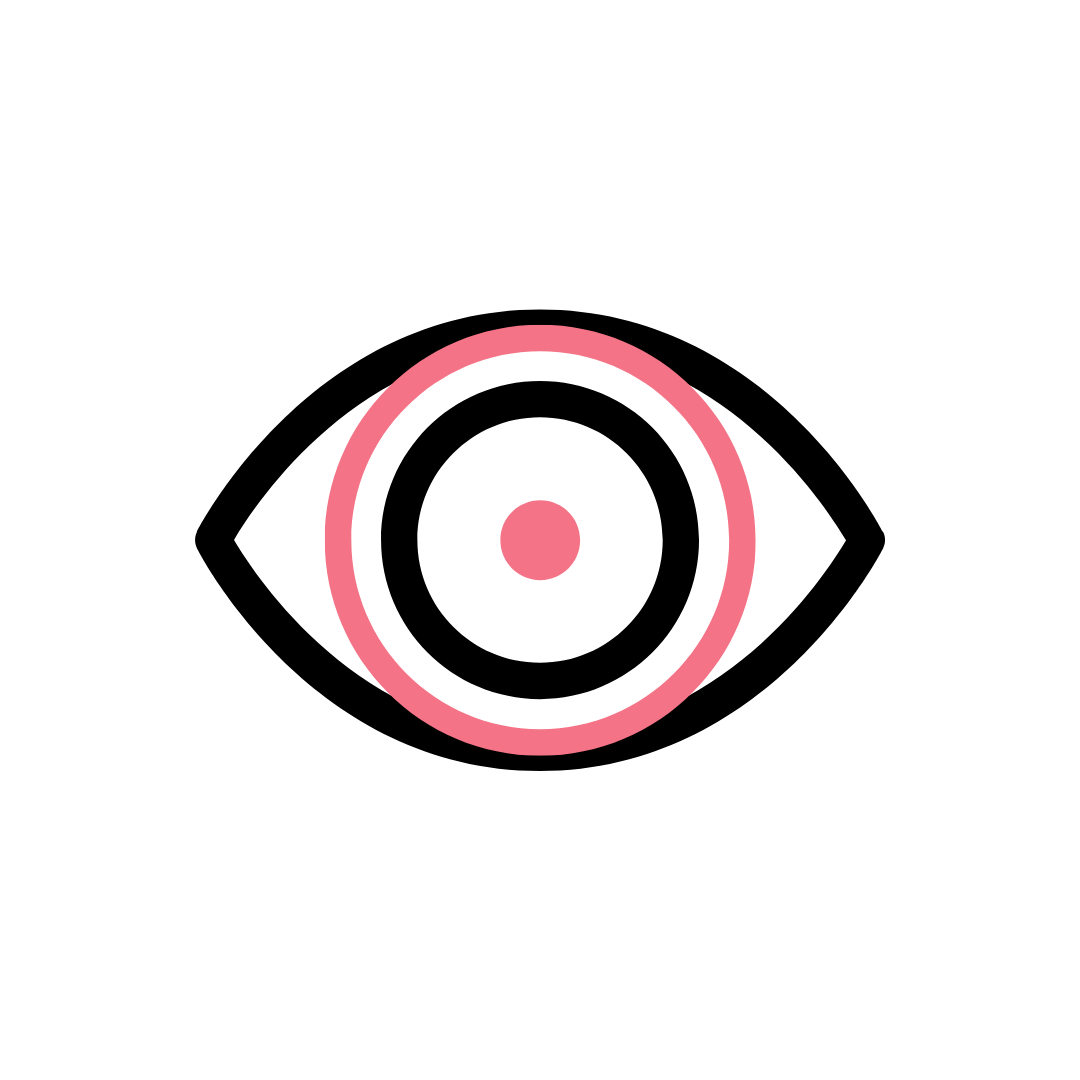PLANETARY ASPECTS
In their continuous movement along the circle of the zodiac, planets occupy different positions and at different degrees between each other. When the planets occupy the same degree of different signs, they have a connection that is either harmonious or challenging, depending on the signs involved and the number of degrees that are separating the planets. The aspects link the planets, points and angles in any astrological chart creating an indivisible bond between them. These specific degree relationships are called aspects and they provide further information to understand how that kind of energy is expressed by that particular planet and how it will be experienced by the individual. In a natal chart, they are represented as the green, blue and red colored lines that you will find in your own personal chart. Planetary aspects are not good or bad, they only have specific and sometimes challenging ways of expression.
Why do we need to analyze the planetary aspects? Because they provide interesting insights on how the person deals with his own selves. For example, a person with an opposition between the Moon in Taurus and Mars in Scorpio can show (including the various aspects of his character described by the whole chart) a nature that looks for pleasant and safe situations that alternates with destructive inclinations difficult to rationalize.
Let's analyze another example to understand this complex process and the importance of the astrologer in the process. The psychological aspect between the Moon and Pluto define the personal unconscious realm of the person. Before thinking about the sterile description of the aspect, it is necessary to ask yourself several questions such as the gender of the person, in which signs the aspects occur and in which houses, if there are other aspects with other planets and so on. This set of steps cannot be ignored ,and the combinations are so many that you won't find them listed in a manual of astrology. This explains the interpretative ability of the astrologer: the competence to work every single time with a new puzzle.
In astrology, there are five main different possible combinations: conjunction, sextile, trine, opposition and quadrature:
Conjunction Angle (0 - 8 degrees)
The Conjunction emphasises the energy from two planets. It's like blending two planets together and the result will be a powerful force that can be either positive or negative depending on how its energy is used. The conjunction may be either second harmonic or dynamic in relation to the planets and the houses involved. When the conjunction joins two or more planets, it's called stellium and attracts considerable importance on that point of the natal chart.
Opposition Angle (180 degrees)
The Opposition aspect brings a sense of awareness to the individual. Although the opposition is generally regarded as "disharmonious" or dynamic, it often has an effect rather motivating and stimulating where the planets are located at a distance of 180°. The opposition is an antagonism between two opposing principles, which may prevail alternately, or just one of the two poles can be asserted while the other remains inhibited and blocked. Depending on the planets involved, it may show an aptitude for seeing both sides of any given situation. In general opposition between two planets creates tension between them, but even with positive results.
Square Angle (90 degrees)
The Square is another powerful planetary aspect and its energy is quite challenging. However, if the challenge is overcome, the result can be very impressive. The square is considered a disharmonious aspect and the planets involved seem to be "stuck" with planets placed in a 90 ° aspect. The square indicates an obstacle, an effort and it may constitute a limitation, a loss of energy or resources. The difficulty lies in trying to reconcile two forces that are trying to move in completely different directions. Usually this aspect takes the form of desires and needs that are mutually exclusive.
Trine Angle (120 degrees)
The Trine is considered an easy and harmonious aspect. It reveals natural abilities and prospects that can be utilized by an individual with sufficient motivation. The trine is a harmonious aspect in which the planets involved work together in a complementary manner, enriching one another in 120 ° distance between them. The Trine has a positive effect, and it can be compared to a real gift that allows the full expression of its force in a totally harmonious way.
Sextile Angle (60 degrees)
This is a beneficial aspect and usually represents opportunities and skills that can be capitalized on. The sextile tends to have a harmonious effect, depending from the planets involved placed at a distance of 60°. The sextile, as the trine, is a positive link between the astral forces involved that blend smoothly or stimulate each other positively. However, the sextile has a less dramatic effect of the trine, it is a beneficial support for the personality that acts and expresses in a less powerful way, as a sparkling energy on the background.






